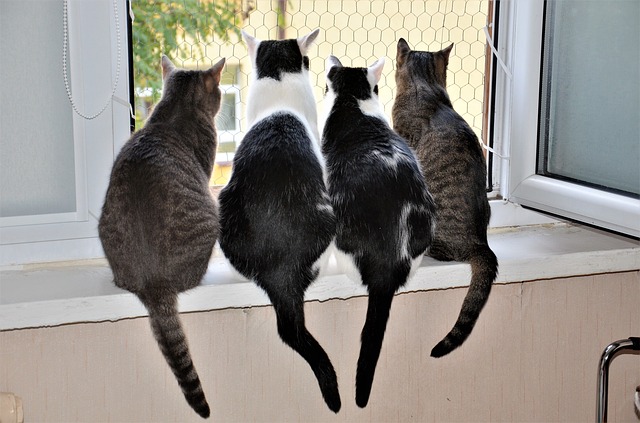I get these questions often enough to think introspectively about them on a regular basis. I think about how the answers have changed over time the more we learn about what humans need to be healthy and thrive in our changing world. Recently, I went online to see what other people and places were saying about mental health and mental health awareness. I was both pleased at the progress and concerned about the continued that we’re still missing the mark.
What is mental health? Is it the absence of mental illness? Is it being positive and happy most of the time? Is it never feeling a sense of dread about anything? Is it looking forward to each responsibility? The answer to each of these questions is, “No, not really.” Like pretty much most things, mental health lives on a spectrum. Here is a list that most mental-health professionals agreed encapsulates how mental health looks and feels:
- The recognition of one’s potential capabilities
- A sense of control and self-direction
- Skillful management of the stresses of life through resilience and healthy resources
- Positive gender identity
- Sense of humor
- Positive cultural identity
- Regular exercise and consumption of nutrient-rich foods
- Emotional awareness, coping, problem-solving
- The ability to balance a productive workflow with rest and play
- The ability to make meaningful contributions to one’s communities
- Connection with one’s sense of purpose
- Connection with one’s self-worth
- The ability to connect in a meaningful way with others
- The ability to speak and behave from a place of competence
- Self-care
- Holding realistic beliefs
- Holding healthy boundaries
- The ability to learn
- the ability to cope with change and uncertainty
- The ability to ask for and be receptive to help and support
*Our potential for mental health has biological and inherited components, but the most profound component is environmental. You might imagine how poverty, racism, homophobia, transphobia, misogyny/sexism, classism, ableism, lack of education, abuse, violence, trauma, chronic high stress impacts our mental health, especially as it occurs intergenerationally.
What is mental health awareness and what does it look like?
- Being curious about someone’s behavior or response to something rather than reactive or judgmental.
- Understanding and acknowledging our own privilege and using it to amplify others’ (more marginalized) voices.
- Treating one another with dignity and respect not just because it’s the decent thing to do, but because Plato was right- “…everyone you meet is fighting a hard battle.”
- Tapping into your humanity and demonstrating support. Often asking “What can I/we do to support you?” is a helpful opening.
- Understanding that people are complex with variation in capabilities, skills, blindspots, shortcomings, and imperfections. Someone can be an effective leader, creative, organized, and depressed or bipolar or suffer from addiction.
- Understanding the role that our Fight, Flight, or Freeze mechanism plays in our lives
- Understanding our innate Tend and Befriend as an internal resource
- Optimal Mental Health helps our professional and personal communities operate at their highest potential.
- A dip in Mental Health is an indication that some adjustment is needed either with the person, the environment, or both; these changes can be temporary, semi-permanent, or permanent.
- Educating ourselves about mental health parity and our state laws surrounding parity requirements.
- Understanding that willpower is not enough to manage sypmtoms of mental illness.
Use this information in good health, mental and otherwise.
Love and Be Loved,
Natalie

